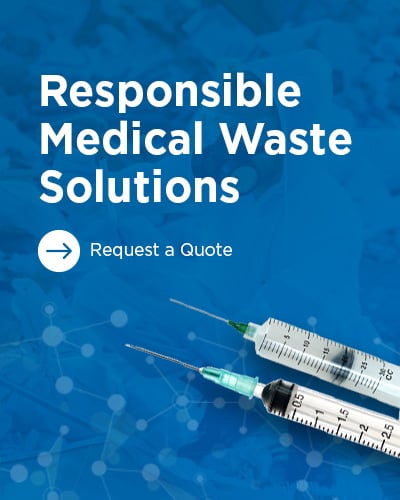
For over a century and for millions of patients, dentists have been using dental amalgam to fill cavities in teeth. What is dental amalgam? The Food and Drug Administration (FDA) defines it as: “A mixture of metals, consisting of liquid (elemental) mercury and a powdered alloy composed of silver, tin, and copper. Approximately 50% of dental amalgam is elemental mercury by weight. The chemical properties of elemental mercury allow it to react with and bind together the silver/copper/tin alloy particles to form an amalgam.”
Dental amalgam is considered a safe and effective method for providing relief to the patient and preserving healthy tooth structure. However, since amalgam does contain a high percentage of elemental mercury, there are stringent regulations in place concerning its formation, use, and disposal. If a tooth continues to decay, the amalgam must be removed from the tooth and discarded appropriately, to lessen the risk of the mercury vapors being inhaled.
Mercury vapor is hazardous, as mercury is registered as a bioaccumulative chemical. This means that the concentration of mercury in the body steadily increases the longer one is exposed to the element. Mercury has been shown to have adverse effects, as outlined by the World Health Organization (WHO): “Elemental and methylmercury are toxic to the central and peripheral nervous systems. The inhalation of mercury vapour can produce harmful effects on the nervous, digestive and immune systems, lungs and kidneys, and may be fatal. The inorganic salts of mercury are corrosive to the skin, eyes and gastrointestinal tract, and may induce kidney toxicity if ingested.”
Dentists are cautious to combine elements correctly when creating dental amalgam and when filling in locations of tooth decay, so as to lessen the chances of the patient inhaling mercury vapors. When it is time to efficiently remove that dental amalgam, a dentist must be just as cautious. If the discarded amalgam waste is not disposed of properly, it runs the risk of being introduced to the environment and impacting a community.
According to the American National Standards Institute/American Dental Association (ANSI/ADA), amalgam waste is defined as: “including amalgam (scrap), chair-side trap filters containing amalgam vacuum pump filters containing, amalgam, saliva ejectors if used in dental procedures involving amalgam, used amalgam capsules, extracted teeth with amalgam restorations, and waste items that are contaminated with amalgam”. The most effective ways to prevent this amalgam waste from entering the environment are through the uses of amalgam separators and an amalgam recycling program.
Amalgam separators are machines that remove amalgam particles from the wastewater generated by dental offices. In a 2017 ruling, the Environmental Protection Agency (EPA) now requires amalgam separators to achieve at least a 95% removal efficiency. (4) Compliance with this EPA ruling is mandatory for all dental practices in the United States. The amalgam waste cannot be discarded in the trash once separated from the wastewater. Instead, it must be sent to a facility that specializes in melting the metals and recycling that mercury. Amalgam recycling keeps the discarded mercury from entering the environment. Utilizing an amalgam recycling ship-back system removes the issue of locating a proper amalgam waste facility.
The use of amalgam is necessary for any dental practice, which must make every effort to ensure that it is following standards put in place by the EPA. These standards limit the amount of mercury allowed into the environment. Mercury is hazardous to health, and is known to cause many diseases and complications. Utilizing an amalgam separator is both required and imperative to maintaining a low level of mercury leaching into the public waterways. Amalgam recycling methods remove the hassle of finding an appropriate amalgam waste facility, as well as ensure that the amalgam discarded by a dental office will be properly melted down and the mercury recycled.
The use of dental amalgam has been an effective method for filling in cavities formed through tooth decay for over a century. Utilizing elemental mercury can be hazardous towards the health of the patient if not mixed properly with the metal alloy, and standards are in place to combat the risks towards both the patient and the environment. Discarding of amalgam waste requires the use of amalgam separators that are regulated by the EPA for their efficiency at removing mercury from wastewater.
PureWay offers the entire end-to-end amalgam solution for any dental practice’s needs. We provide:
- Industry Leading Amalgam Separators & Replacement Canister Programs
- Scrap Amalgam Recycling Ship-Back Systems
- Evacuation System Cleaners
- Dedicated Compliance Support Team
Please contact our specialists at 877-765-3030 if you have any questions or concerns about your state/local dental amalgam handling requirements. We can also assist you if you need help regarding the installation, operation and maintenance of our amalgam separators.





